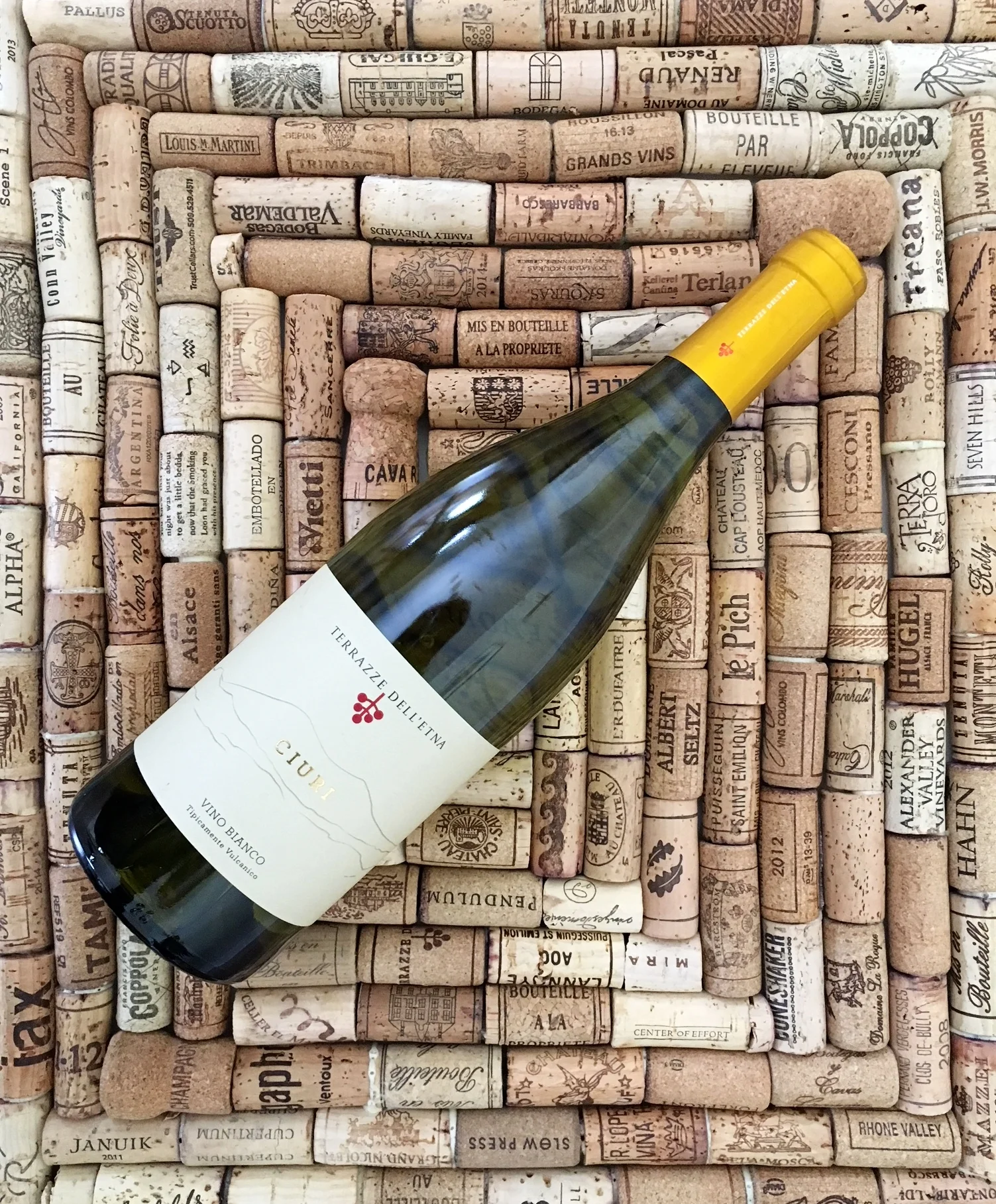Movia Rebula and Bjork's Homogenic
What defines the great artists of the world and their work is that they aren’t like anything else out there. They are uniquely and unmistakably their own thing. This inherent originality is what sets them apart. This trait couldn’t be more true for Bjork and Movia Wines. Exhibit A: Bjork wore a damn swan dress to the Academy Awards way before Lady Gaga was cutting up at award shows and Movia was making orange wine long before millenial wine hipsters (myself included) discovered them.
In the case of Bjork and Movia, what makes them who they are has a lot to do with where they come from. Bjork has a very distinct and specific sound and style that could only come from Iceland. In fact, Bjork was instrumental (no pun intended) in forming the identity of Icelandic music. As the youngest landmass and country in the world, not established until 1944, Iceland was fortunate to have this otherworldly creature represent its musical sound as the most popular artist to come from the island, followed by other celestial artists like Sigur Ros.
Like Bjork and Iceland, the Movia wines are uniquely Slovenian. The Movia estate dates back to 1700 in the Goriska Brda region of Slovenia, sharing about half of its 22 hectares with the Italian side. The Kristancic family took over ownership of Movia in 1820. Eighth generation winemaker Ales Kristancic is at the helm, continuing Movia’s legacy as one of the most highly regarded wineries in Slovenia. In contrast to Iceland, Slovenia is one of the most ancient wine regions, with its wine production long predating that of France, Italy, Spain and Germany. Mostly white wines are produced here, many in the orange style—a cool kid of the current natural wine craze. Orange wine is made with white grapes fermented with their skins resulting in deeper color, tannin and flavors.
Ribolla Gialla is the primary white grape varietal of Slovenia which makes up 100% of the 2016 Movia Rebula. Ribolla Gialla is a versatile grape that can be made in very different styles of wine, from dry to sweet, oaked or unoaked, traditional white or orange. With this bottle, Movia makes a barrel-aged orange wine that’s a dandelion deep yellow color with aromas of orange preserves, rose water, a touch of honey, nectarine and a slight oxidative Sherry-like quality. On the palate, it’s dry and bright with salty citrus rind and a long, summery finish.
With the 2016 Movia Rebula, Slovenian winemaking tradition combines with the winemaker’s own innovative intentions. Using the grape that originated from this region, Ales Kristancic imagined a deeply expressive version of it, fully realized upon sipping this golden juice. It’s a ripe and rich wine, aged on its lees for 18 months in French barrique, using completely organic and natural practices with no sulfur added except for a minimal amount at bottling.
Like the Movia Rebula, Bjork takes her Icelandic roots and makes them her own. You can picture her homeland in the stark imagery of the rugged, sharp landscapes in her lyrics. You can hear it in the merging of Nordic electronic sensibility with classical orchestral arrangements in her music. It is a fact that her third album “Homogenic” is one of the greatest of all time. It also yielded some of the best of her visionary and insane music videos (see below).
“Hunter” opens “Homogenic” and we’re immediately transported to Bjork’s world that sounds like where the White Witch in the Lion, The Witch and The Wardrobe would go if she left Narnia. There’s piercing synth and puttering beats with beautiful, ominous strings playing in between the electronic layers. The different sounds and her haunting voice swirl around each other seamlessly like the aromas in the wine. She begins this album on a journey, searching, setting out on her own.
“Joga” exerts a frantic, ecstatic energy as Bjork declares “a state of emergency is where I want to be/ State of emergency/ How beautiful to be”. It captures that reckless, invincible attitude and spirit of youth, like the Movia Rebula that is for the adventurous drinker.
“Unravel” is simply gorgeous and demonstrates her masterful poetic songwriting. There’s no better way to describe “Bachelorette” other than enchanting. It’s driven by minor keys juxtaposed by twinkly Japanese-inspired sounds. “Homogenic” is the creation of Bjork’s dark fantasy dream world.
“5 Years” is a great breakup song that cuts ties with an unworthy suitor. Bjork unleashes her intolerance of unacceptable behavior: “I’m so bored of cowards that say they want then can’t handle.” On the very next song, “Immature”, that same frustration is directed towards herself: “How could I be so immature/ To think he could replace/ The missing elements in me?/ How extremely lazy of me”.
On “Alarm Call”, Bjork is unapologetically positive and idealistic out of spite for the suffering world around her. She’s going to use the power of music to heal everyone. Then immediately following on “Pluto” she admits that she just has to “explode this body off me” but tomorrow, she’ll be brand new. “A little bit tired, but brand new”. Same, girl.
“Homogenic” ends on the perfect note with the serene “All is Full of Love”. This song is like waking up from the fever dream that was all the songs leading up to it in a beautiful Japanese garden and being okay with the chaos surrounding you. You’re at peace with the world and all you have left is love, which is all I have for “Homogenic” and Movia Rebula.








